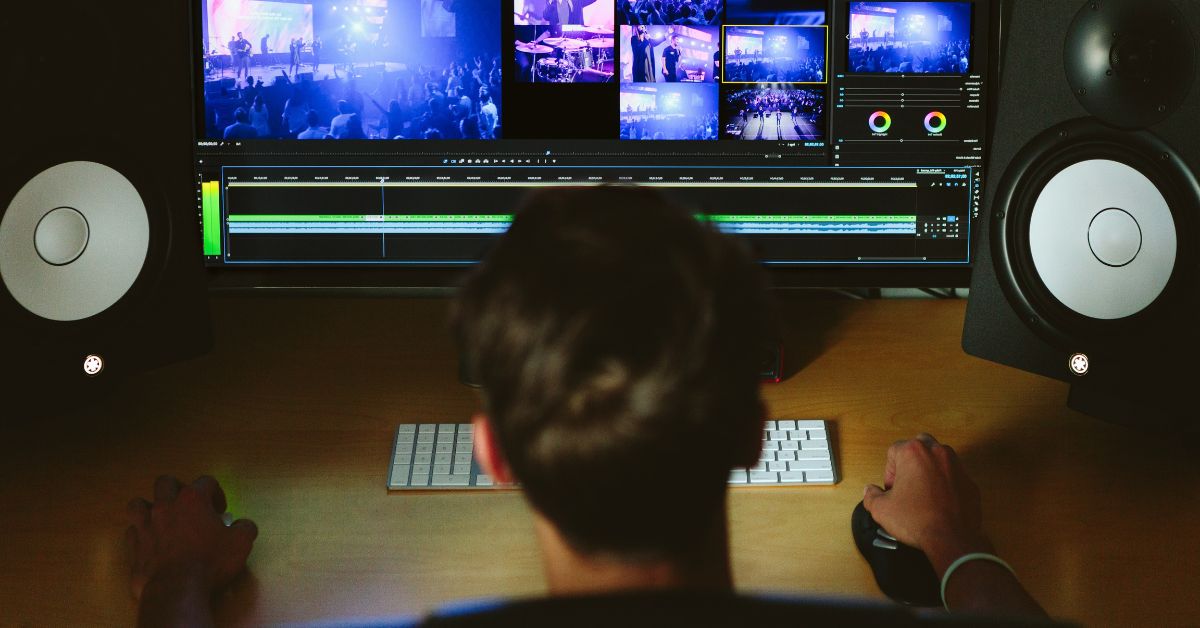Slow-motion shots are a powerful cinematic technique that can add drama, emotion, and visual impact to your videos. Whether you’re capturing a breathtaking action scene, a touching moment, or simply want to highlight details in your footage, mastering the art of slow motion can take your video production to the next level.
Understanding Slow Motion
Slow motion is achieved by recording video at a higher frame rate than the playback frame rate. When played back at a standard frame rate (usually 24 or 30 frames per second), the footage appears to be in slow motion. Here’s how to create stunning slow-motion shots:
1. Select the Right Camera
Choose a camera with high frame rates, often called “frames per second” (fps). Modern cameras, including smartphones, DSLRs, and mirrorless cameras, can shoot at higher frame rates.
2. Frame Rate Selection
To create smooth and cinematic slow-motion shots, record at frame rates of 60fps, 120fps, or higher. The higher the frame rate, the slower the motion will appear when played back at a standard frame rate.
3. Shutter Speed
Maintain a fast shutter speed, typically double your frame rate. For example, if you shoot at 120fps, use a shutter speed of 1/240 seconds. This prevents motion blur and ensures clarity in your slow-motion footage.
4. Lighting
Ensure proper lighting, as slow-motion shots require more light to maintain image quality. Use natural light or external lighting sources to avoid underexposed footage.
5. Use a Tripod or Stabilization
Stability is crucial for slow-motion shots. Use a tripod or a gimbal stabilizer to eliminate shaky footage and achieve smooth, professional-looking results.
6. Select Your Subject
Choose a subject or action that benefits from the slow-motion effect. Slow motion is particularly effective for capturing movements, emotions, and details that might go unnoticed at regular speed.
7. Plan Your Shots
Plan your shots and anticipate the action you want to capture in slow motion. Timing is essential, so ensure you start recording at the right moment to capture the desired effect.
8. Frame Composition
Pay attention to composition and framing. Slow-motion shots allow you to emphasize details, so focus on creating visually engaging and balanced compositions.
9. Post-Production Editing
After shooting, import your footage into video editing software. In the editing process, adjust the playback speed of your clips to achieve the desired slow-motion effect. Most editing software allows you to change the clip’s speed by a percentage.
10. Smooth Transitions
To create smooth transitions between regular-speed and slow-motion footage, use gradual speed ramps. This technique involves gradually increasing or decreasing the playback speed over a few frames.
11. Sound Effects and Music
Consider adding sound effects or music that complement the slow-motion shots. The right audio can enhance the emotional impact of your video.
12. Practice and Experiment
Creating stunning slow-motion shots is a skill that improves with practice. Experiment with different frame rates, subjects, and camera movements to discover what works best for your projects.
Mastering the art of slow motion allows you to add a cinematic touch to your videos and captivate your audience. By selecting the right camera settings, planning your shots, and paying attention to composition and timing, you can create stunning slow-motion shots that enhance the storytelling and visual appeal of your videos.
